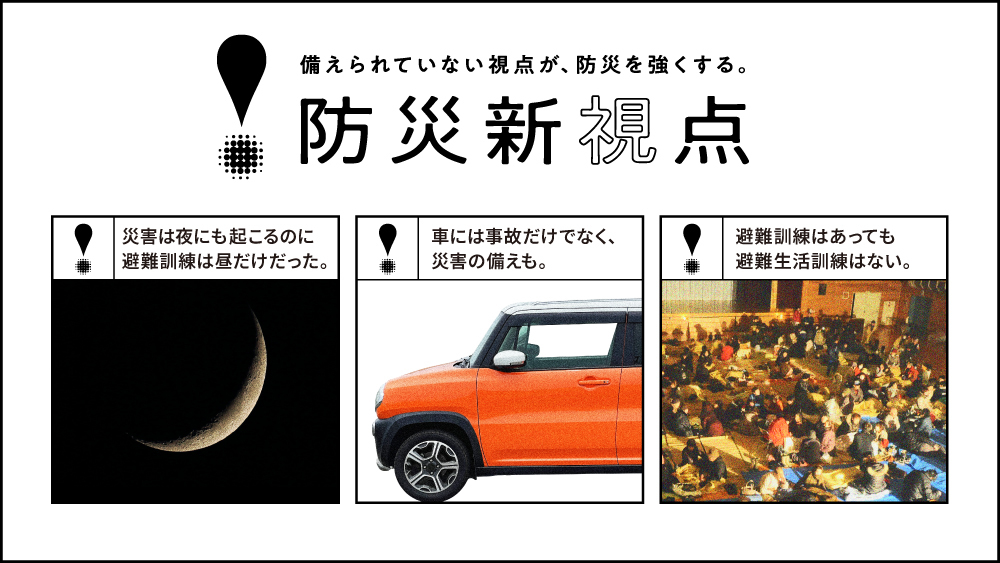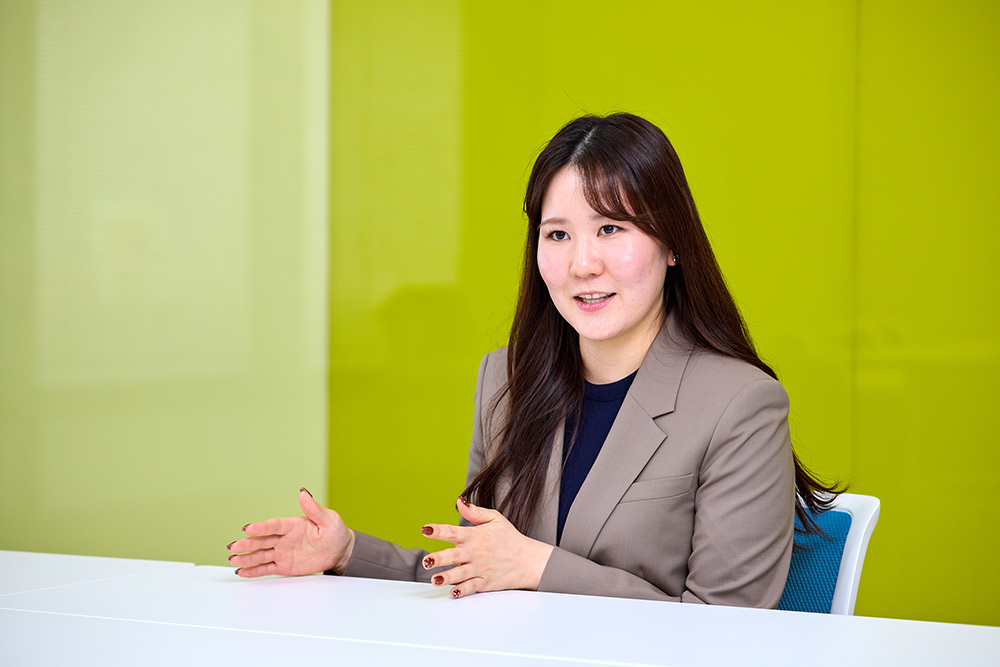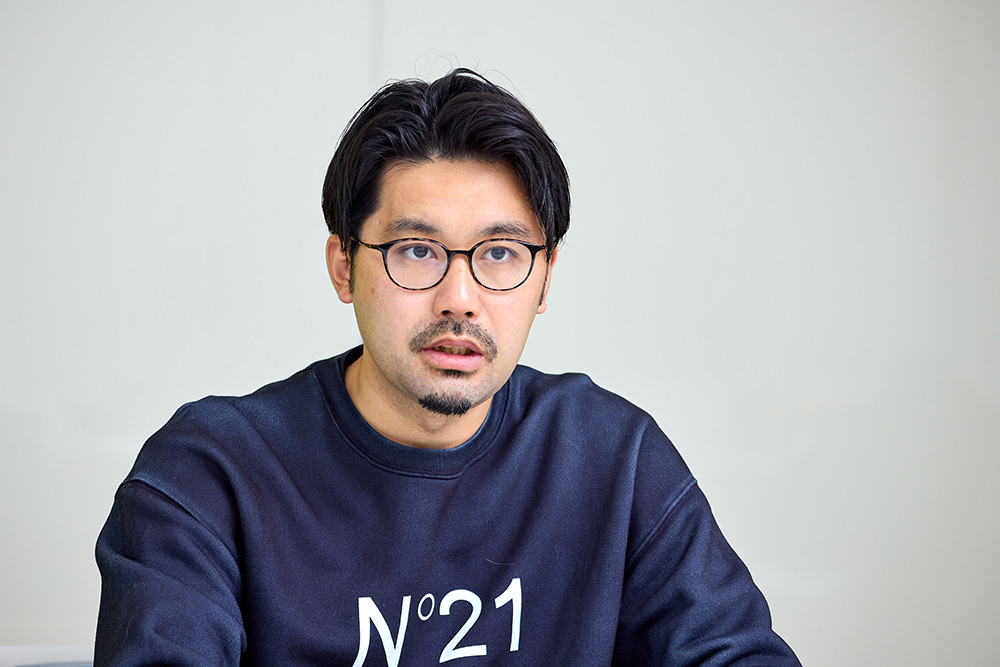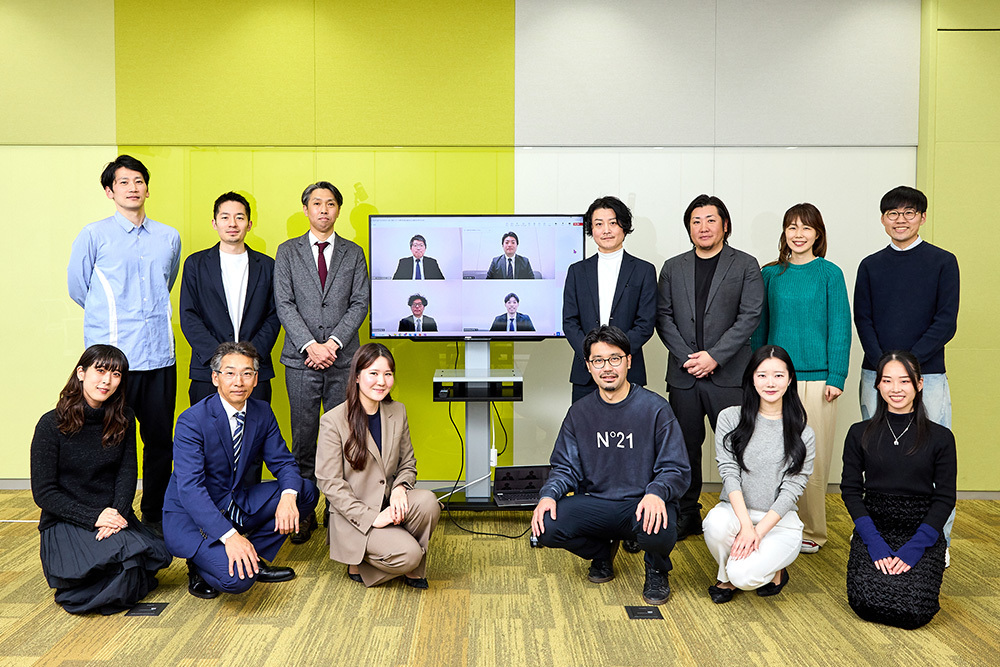Note: This website was automatically translated, so some terms or nuances may not be completely accurate.
We want to save as many lives as possible in the next disaster. Preparing for the future through the "New Perspectives on Disaster Prevention."

"Disasters can strike at night, yet evacuation drills only happen during the day." "Cars need disaster preparedness, not just accident readiness." "We have evacuation drills, but no training for life in evacuation shelters." Japan has many overlooked issues that should be prepared for based on past disaster experiences, as well as knowledge that hasn't spread widely throughout society.
Therefore, the "Future Disaster Prevention Initiative" project, promoted by the Fukushima Minpo, Iwate Nippo, and Dentsu Inc. to protect the lives of citizens from disasters, has launched the " New Perspectives on Disaster Prevention" project. This initiative gathers overlooked disaster prevention viewpoints from across the nation and shares them with society.
What exactly is the "Future Disaster Prevention Initiative"? What do they aim to convey to companies, organizations, and individuals through the "New Perspectives on Disaster Prevention"? We asked project members Ryuta Nagashima and Ona Kobayashi of Dentsu Inc.
Building Japan's Collective Disaster Prevention Wisdom for Future Disasters
──First, please tell us about the Future Disaster Prevention Initiative.
Kobayashi: The Future Disaster Prevention Initiative is a project launched by the Fukushima Minpo, Iwate Nippo, and Dentsu Inc. It aims to create new systems, habits, mechanisms, and services to protect the lives of citizens from disasters. By involving newspapers, private companies, local governments, schools, and others, and through communication about disaster prevention, we aim to solve regional challenges.
Nagashima: As the newspaper and Dentsu Inc. engaged, disaster prevention emerged as a critically important theme. However, we faced the challenge that disaster prevention knowledge and measures were scattered across different regions and not sufficiently shared. This led us to consider creating a new disaster prevention platform. This platform would connect the knowledge held by regional newspapers with the knowledge and communication expertise of Dentsu Inc.'s clients, gathering the disparate disaster prevention measures, knowledge, and know-how being implemented nationwide and disseminating them as collective wisdom.
──Could you explain how this project came to be advanced together with the Fukushima Minpo and Iwate Nippo?
Kobayashi: We had been collaborating with Fukushima Minpo on disaster prevention initiatives like " 365 Days of Disaster Preparedness" and " Nighttime Evacuation Drills." Recognizing the need to expand these activities further, we approached Iwate Nippo. As a prefecture affected by the disaster, Iwate Nippo had long focused on disseminating disaster prevention information and agreed to join. This led to the three companies launching the project together.

Nagashima: Both the Fukushima Minpo and the Iwate Nippo possess extensive experience from the Great East Japan Earthquake and the resulting disaster prevention knowledge. They had been actively disseminating information and implementing various initiatives within their respective prefectures. However, they recognized a challenge: these valuable insights rarely had opportunities to be widely shared beyond prefectural borders.
Through this project, they aim to share their insights more widely and contribute to raising disaster prevention awareness across Japan. They are driving the project forward with this vision. We, too, are committed to this project with the goal of creating a larger wave of disaster prevention. Rather than conducting disaster prevention activities individually, we want to leverage our clients' networks to connect them, fostering greater synergy.
──By the way, what meaning is embodied in the word "future" in "Future Disaster Prevention Initiative"?
Kobayashi: The primary goal of this project is "to save as many lives as possible in the next disaster." We want to build collective wisdom in disaster prevention and enhance Japan's disaster preparedness for future disasters. That is the sentiment embodied in the word "future."
Indeed! New Perspectives on Disaster Prevention You Realize When Pointed Out
──Please tell us about "New Perspectives on Disaster Prevention," one of the Future Disaster Prevention Initiative's projects.
Nagashima: "New Perspectives on Disaster Prevention" is an initiative to collect unprepared disaster prevention viewpoints born from various disaster experiences and share them as collective wisdom. The goal is to gather perspectives that can be "good insights" for someone and disseminate them widely. We are undertaking this with the cooperation of 42 newspapers and 43 publications nationwide.
Disaster prevention is a highly valued theme throughout Japan, yet many unprepared or overlooked aspects remain. For example, we collaborated with the Fukushima Minpo on a project called " Nighttime Evacuation Drills." We noticed the perspective that despite nighttime disasters often causing greater damage, evacuation drills are only conducted during the day, and made this our theme. When implemented, we received significant feedback. We realized that even people who don't usually care much about disaster prevention can become interested when exposed to new perspectives.
──When I saw this perspective, I thought, "That's right!" It's a blind spot in the evacuation drills we've done countless times since childhood.
Nagashima: These experiences led me to wonder: "Aren't there still countless new insights about disaster preparedness waiting to be discovered across Japan?" and "Aren't the people creating disaster-related products and services developing them based on discoveries and insights about things that aren't prepared for in the first place?" I came to believe there was value in gathering and sharing these insights, which became the foundation for the project.

Kobayashi: Before launching "New Perspectives on Disaster Prevention," we consulted with newspaper professionals and disaster survivors. We sought insights from those who had experienced disasters and now serve as storytellers, asking, "Is what we're trying to do right? Will it benefit society?" Hearing responses like, "This is a very good initiative. I hope it becomes a catalyst for widespread adoption," gave us the push to launch the project.
Nagashima: Beyond interviews, we also revisited the vast amount of disaster prevention-related articles our newspaper had published over the years. Many of these articles provided the perspective we needed. Things that are common knowledge to those who have experienced disasters are often completely unknown to those who haven't. We strongly felt that precisely these perspectives should be shared across prefectural borders.
──I also found great meaning in how we didn't let the information local papers have long disseminated end with a single article, but instead re-edited it as a new perspective.
Please tell us your recommended "New Perspectives on Disaster Prevention."
Kobayashi: The perspective I'd recommend is "When a tsunami comes, scatter and flee." This comes from the Sanriku region's saying "tsunami tende nko," which teaches that when a tsunami strikes, you must flee separately without waiting for anyone. "Tendenko" doesn't mean escaping alone; it's based on the trust that "everyone—family, loved ones, everyone—is escaping 'tendenko' (each on their own)." Personally, I might try to go back and find my family if disaster struck. But I learned that acting on the premise that everyone is escaping is crucial. It's one of the vital perspectives I learned from the newspaper staff.
Nagashima: This perspective comes from Heralbony, a company based in Morioka City, Iwate Prefecture, that commercializes products based on the work of artists with disabilities. From the perspective of families living with disabled members, I learned about the reality that some people, unable to adjust to evacuation centers, return to homes on the verge of collapse. People who must leave what should be a safe place—the evacuation center—to return to a dangerous location. This is a challenge that remains unresolved even in areas that have experienced disasters, and precisely because it tends to be overlooked, I feel it is a major issue we must confront.
──Indeed, even people from areas untouched by tsunami damage could encounter an earthquake while traveling. It's a perspective everyone, regardless of region, should be aware of. Also, while DEI is being addressed across various fields, I was startled to realize that disaster preparedness—despite being directly tied to life itself—still lacks sufficient awareness.

Let the insights gained from these new perspectives become an opportunity to tackle unresolved challenges.
──The " New Perspectives on Disaster Prevention Summit," sharing these perspectives gathered nationwide, will be held on Monday, March 24. Announcer Yumiko Udo, Paralympic gold medalist Dai-Nichi Co., Ltd. Ohinata, former Japan national rugby team member Hitoshi Ohno, representatives from companies and local governments, and disaster survivors will be invited to create a space for considering disaster prevention from diverse perspectives. Through encountering new perspectives at this symposium, please share your thoughts on what companies, organizations, and individuals can do.
Kobayashi: For individuals, I believe the first crucial step is gaining awareness—regardless of personal disaster experience—by thinking, "Wow, this perspective exists!" Some viewpoints are already implemented as solutions, while others remain unaddressed. For corporate and local government representatives, I want to challenge them: Why not collaborate to implement solutions for these unresolved challenges?
Nagashima: When interviewing companies in areas without direct disaster experience, we heard comments like, "We have disaster prevention technology, but we don't know what to build." I'd be delighted if such companies could use these "new disaster prevention perspectives" as seeds for fresh ideas. Since there are many "perspective seeds you'll want to share," I hope individuals will take as many as possible back with them and discuss them with their friends and family.

We want to create a new disaster prevention system in Japan
──From its inception to now, I imagine you've engaged in dialogue with various stakeholders, including newspapers, disaster survivors, and children who haven't experienced disasters. Are there any particularly memorable moments or insights you feel are important to cherish?
Kobayashi: When we held a "disaster prevention sports" class in Kamaishi City, Iwate Prefecture, I met Ms. Akiko Iwasaki from Hōraikan, who shares her experiences of the Great East Japan Earthquake. She interacted with us so brightly and cheerfully. It made me realize anew that there are people working so positively and actively communicating for the sake of their community. It is the local newspapers that continue to share the thoughts and experiences of these disaster survivors. We want to embrace that spirit, stay close to each person's thoughts and experiences, and continue our activities to spread them nationwide.

*"Disaster Prevention Sports" is a registered trademark of Think Inc.
──Could you also share the mid-term outlook for the "Future Disaster Prevention Initiative"?
Nagashima: While this time we've focused on gathering perspectives, our next challenge is to develop new disaster prevention systems and solutions from there. We aim to use this summit as a catalyst to collaborate with companies and local governments on concrete actions, ultimately creating new disaster prevention frameworks for Japan.
──What specific actions do you envision?
Kobayashi: As a key action, we plan to focus on "disaster prevention education" utilizing these perspectives. We plan to expand the "Disaster Prevention Sports" classes—where students learn about disaster prevention through sports—conducted in Fukushima and Iwate Prefectures nationwide. We also hope to develop the "New Perspectives on Disaster Prevention" into educational materials. At this summit, we will hold workshops where high school students brainstorm solutions using these new perspectives. By spreading these workshops to local governments and educational institutions nationwide, we hope to contribute to enhancing disaster preparedness, especially among young people.
Nagashima: Another crucial theme is "creating information dissemination systems." For instance, information outreach to foreign residents, people with disabilities, and other minority groups remains insufficient. To address this challenge, we want to collaborate with companies possessing telecommunications services and communication platforms. Together, we'll explore how information should be disseminated during disasters and seek more appropriate methods for providing information.
──We look forward to continuing to follow your activities aimed at "saving as many lives as possible in the next disaster." Thank you very much for today!

Disaster Prevention New Perspectives website: https://bousai-new-perspective.com/
Disaster Prevention New Perspectives Summit Registration Site: https://bousai-new-perspective-summit2025.peatix.com/
Was this article helpful?
Newsletter registration is here
We select and publish important news every day
For inquiries about this article
Author

Nagashima Ryuta
Dentsu Inc.
Creative Planning Division 3
Planner
Born in Shizuoka Prefecture. Graduated from Tohoku University's Faculty of Economics. My motto is "Solve problems in an interesting way." Drawing on experience in planning (strategic planning/digital marketing), I value unconventional idea generation that starts with discovering the core value and fundamental challenges of brands and media. I have received numerous awards both domestically and internationally, including the Grand Prix at the Advertising Dentsu Awards, the Grand Prix at Spikes Asia, as well as awards at Cannes and the ACC.

Kobayashi Ona
Dentsu Inc.
Media Services / Newspaper Division
After joining Dentsu Inc., I was assigned to the Media Services / Newspaper Division. As the point of contact for regional newspapers nationwide, I handled media buying. I promoted solution-based business that leveraged the assets of regional newspapers, going beyond the traditional advertising space business.


